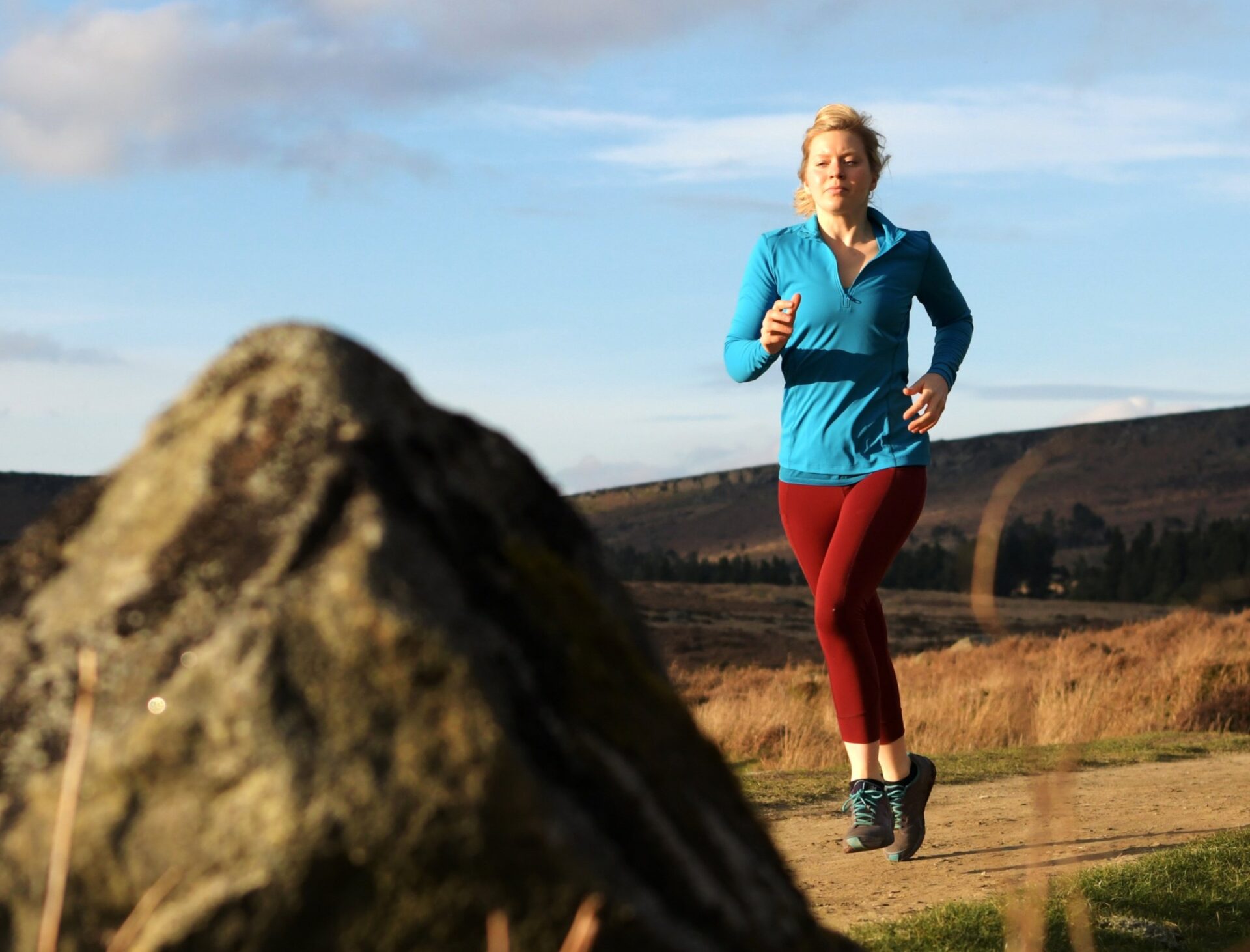
Mina finding flow in the hidden landscape of The Dark Peak, Derbyshire, England.
I feel the rock under my fingertips, and the chalk on my hands creates a soft friction as the wind blows in my hair. My body is warm against the cool breeze. I move upwards. Intent on the effort, my body travels from move to move like a dance. I continue in parallel to the burning sensation building in my muscles. Flow in climbing means total absorption and concentration, but also freedom and ease. It’s all mixed up in this exhilarating cocktail of physical hyper-awareness, connectedness, and exposure.
Climbing was my window into flow; my ticket to this ethereal experience where nature and human performance meet. Climbing is like a drug; it’s addictive, and it sustained me mentally and physically. I shaped my life around it. Training for it, travelling for it, eating for it, learning for it. Almost everything I did had its root in climbing.
You know the phrase ‘putting all your eggs in one basket’? Well, without really realising, that was exactly what I’d done. I’ve studied a range of subjects from psychology and physiology to nutrition and training, and I thought I had a few baskets. But when I zoomed out, all my little baskets lived in one big basket called ‘Climbing’.
In January, I fell off a rock climb, put my arm out, and broke my wrist. It was a comminuted, displaced fracture of both my ulnar and my radius; a funny angle, seemingly a new joint where there shouldn’t be one. I knew this wasn’t going to be a quick fix. That day I’d dropped my big basket, and there were broken eggs everywhere.
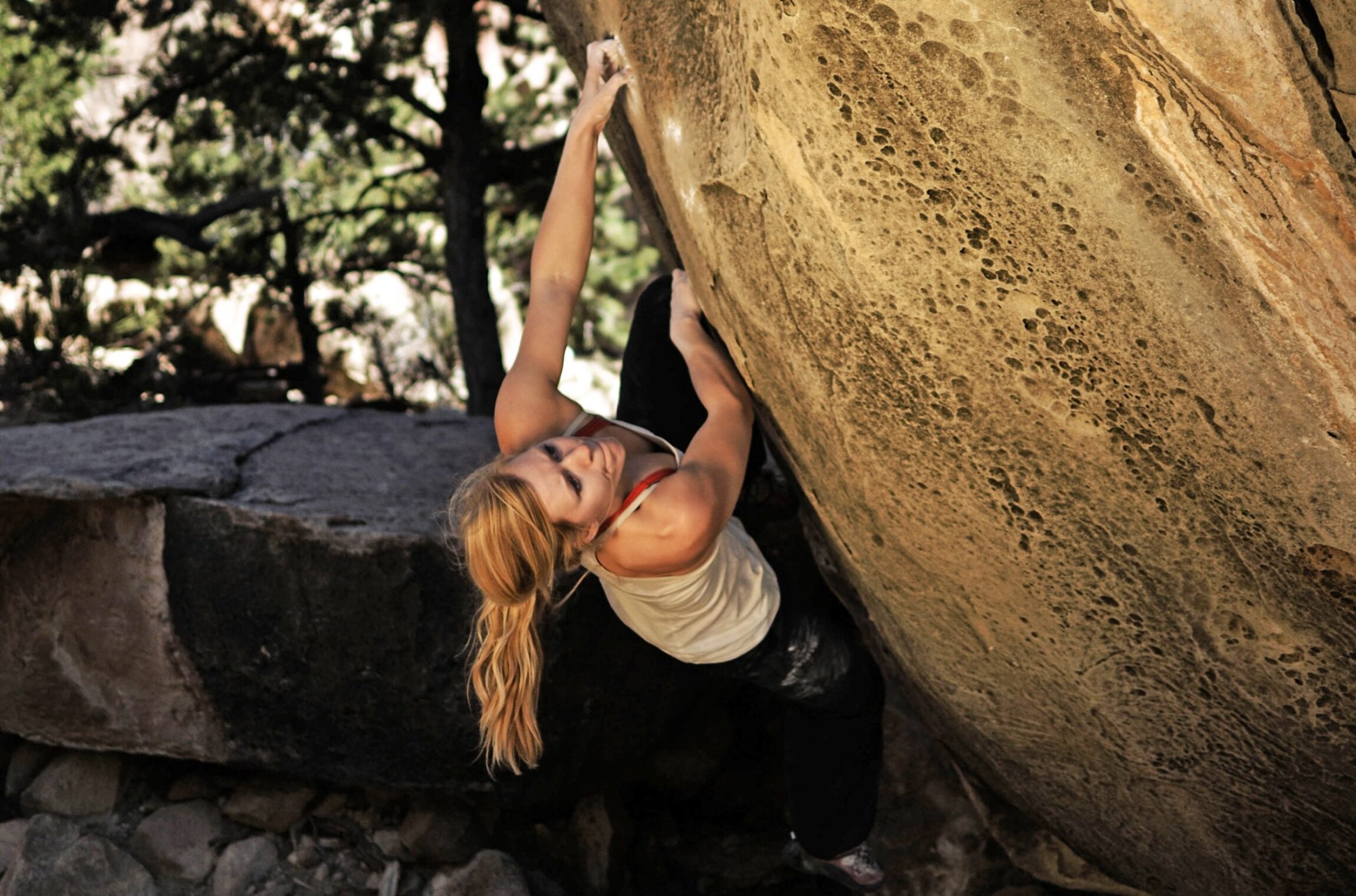
Mina on the hard Staterside boulder problem Resident Evil in Joe’s Valley, Utah. © David Mason
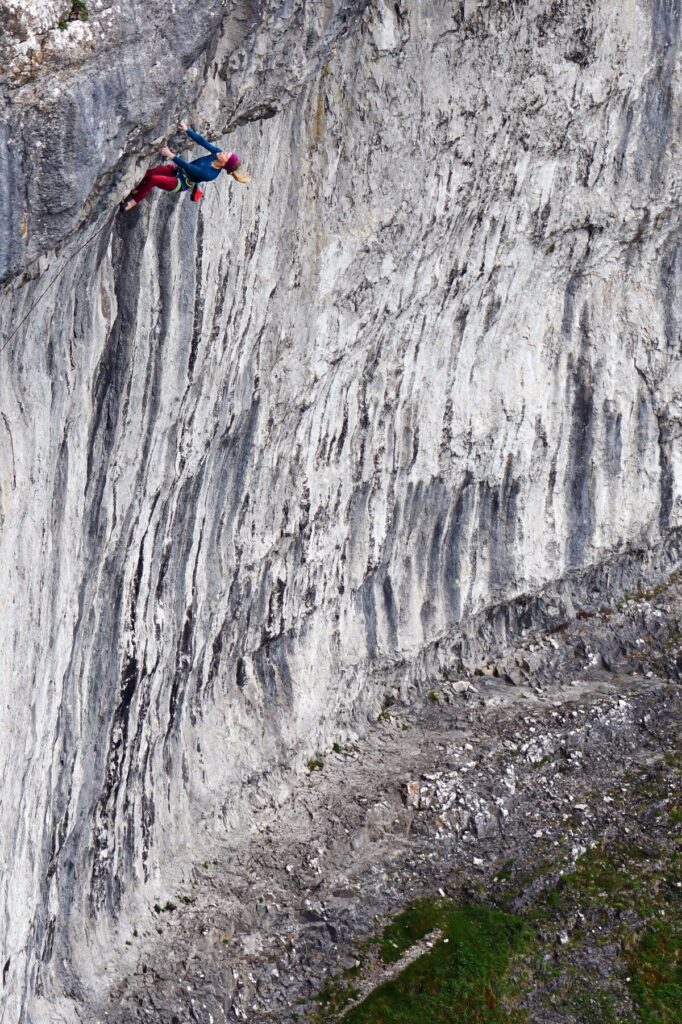
Mina climbing through the final overhang of the hard sport climb Totally Free (F8b) at Malham Cove, England. © Kieth Sharples
Climbing had given me so much joy, but it had also blinkered me to everything else the landscape outside my home had to offer
I live in Sheffield, and the Peak District – one of the best climbing areas in Britain – sits on my doorstep. I like to think I know it fairly well. The local gritstone and limestone have given me many great experiences firmly rooted in or around climbing. But this was an unchanging perspective; a lens that I never thought nor needed to change.
After a standard period of mourning and healing after my injury, I was able to exercise but not yet climb. It was in this phase that I discovered how a new opportunity might lurk in the obstacle created by my injury.
A friend of mine, Hazel Findlay [one of Britain’s leading climbers] once defined adventure to me in a striking phrase: ‘You’ve left your own personal comfort zone and you’re among numerous unknowns’. In her terms, I was unknowingly in the middle of an adventure. And I needed to illuminate my new adventure, change the lens, and make a massive omelette out of all my broken eggs.
Deeply focussed on rehab for my return to climbing, I had the feeling of being stuck in the middle of groundhog day. Lots of time in the gym, the swimming pool, and endless mobilisation work meant I missed the outdoor spaces that I used to be so immersed in. Being injured, as an active athlete, is pretty devastating. Mood is low from missing the activity itself coupled with a temporary loss of identity. But then those things are compounded by the withdrawal from regular hits of adrenalin, endorphins, and – perhaps most of all – fresh air.
I realised that what I needed was an exploration of something totally unconnected to climbing. Something new.
I used to run as an addition to my climbing training; I saw it as a performance enhancer for my aerobic system. There was never a distinct desire for the activity itself; instead, a measured training plan dictated that I should go. It wasn’t for fun, and therefore it was forced. As a result, I found it difficult and unfulfilling. I pushed at it in phases, giving up periodically. Worst of all, perhaps, I ran the same routes most of the time.
This time it had to be different. If I was going to find flow with my legs, I had to re-write the rule book. This time, it would no longer be about running, but about exploring. I could walk or run. I could do short routes or long routes. I could rest along the way. It was more about being outdoors, moving my body through the landscape, and seeing the accessible wild spaces of the Peak District from a new perspective.
The first run I went on was hard. I still had a cast on my wrist, and I was terrified of falling over. My legs got tired fast, and my heart raced. My second run was with a splint. I was less conscious of the wrist, but my mind was entangled in the effort of running, and I found I was still doing the same routes I knew from my previous use of running as part of my training – and it bored me. I was moving but I wasn’t exploring. The burning that I was so accustomed to in my arms as a climber felt alien in my lower body.
Then I started to look at maps. With a different set of eyes I saw paths I hadn’t seen. I saw routes through a landscape that I only knew from a limited viewpoint. Crags and boulders didn’t matter anymore, and suddenly the space expanded. When I was no longer trying to get to a piece of rock, there were so many more options.
I set off to explore, sometimes walking, sometimes running, often a mixture of the two. Empowered by detailed maps, I stepped into different scenery, took in new views, and embraced novel terrain. All of this was on my doorstep for years, and I had never seen it. Climbing had given me so much joy but it also blinkered me to everything else my home countryside had to offer. I became an accidental cartophile, studying 1:125,000 maps with intense scrutiny, searching for new, unknown routes to trace.
Light bulb moments sparked up through the whole experience. Most profound was the realisation of how places connected up, and how a deeper understanding of any area’s geography enhanced every outing. I grew more confident, less intimidated by the concept of running, and more accustomed to the burning sensation in my legs. That burn became something I could tune out of, where before it was all consuming and unbearable. How much of this was physical adaptation, though, and how much was mental adjustment?
As time went on, I headed out more. I went running for its own sake, and to better explore my home landscape. Going for a run became one of the only times I forgot about my broken wrist. I found a pace, a steady rhythm to my breath. And I was kind to myself, I allowed myself to walk up the steepest hills, gave myself breaks to take in the view, allowed myself a rest if I needed it. This wasn’t about exercise. I wasn’t pursuing a time, a distance or an elevation. It was primarily about adventure, discovery and compassion. This attitude to running was liberating, and it gave me lease of life as well as a new form of escapism. It also felt like I gained a completely new back yard.
Running will likely never take the place of climbing for me. When I am back to full strength I will undoubtedly go back to the rock with gratitude and relief. But I hope to keep exploring, to continue with adventures that encompass more of the outdoor spaces that I love. Fulfilment comes in many forms, and this injury has been a lesson in shifting perspectives, of expanding my horizons, and learning to appreciate new things.
Because of my accident, I’ve learnt a more open, less frantic version of existence that can embrace changes in direction. I hope to move forward with a greater appreciation of both the landscapes I explore and the body I inhabit. At the same time, I’ll strive to live with a greater diversity of experience beyond climbing, the sport that has so powerfully shaped my life.
Don’t miss a single adventure
Sign up to our free newsletter and get a weekly BASE hit to your inbox
You might also like
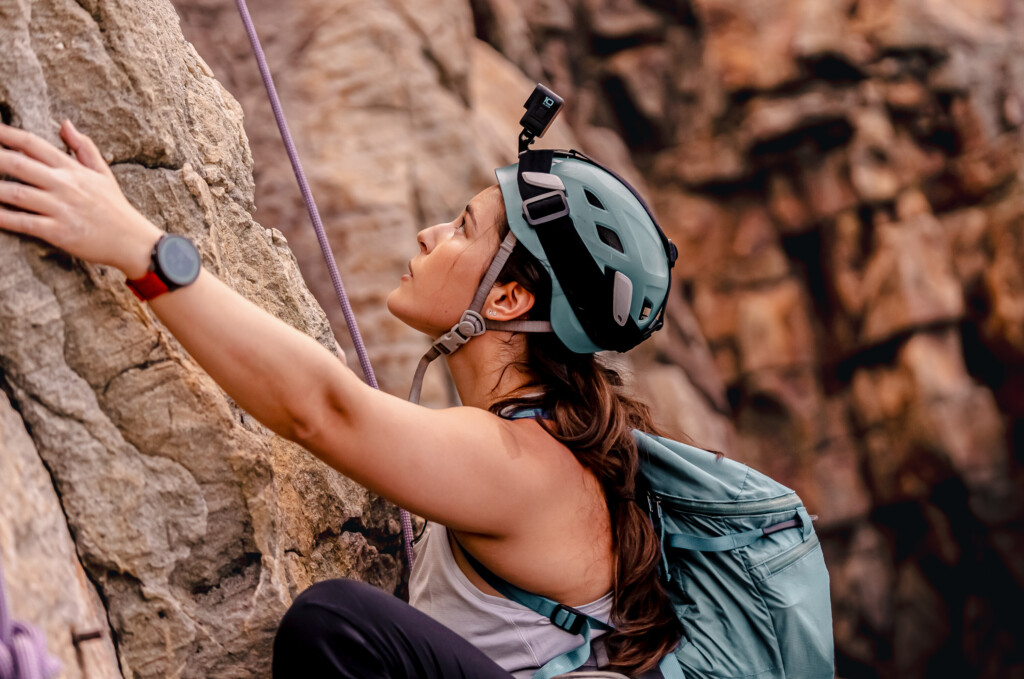
Photo Essay • BASE editorial team • Mar 18, 2024
Hunting happiness through adventure in Taiwan
BASE teams up with adventurer Sofia Jin to explore the best of Taiwan's underrated adventure scene.
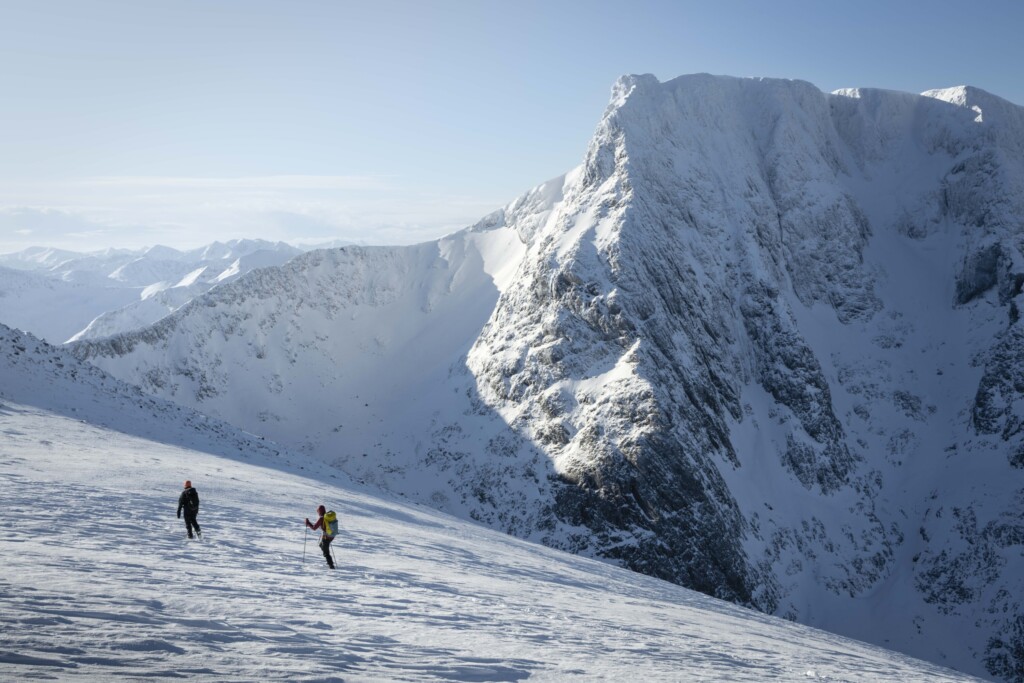
Story • BASE editorial team • Nov 21, 2023
Five Epic UK Climbs You Should Try This Winter
Craving a snowy mountain adventure? Inspired by the Garmin Instinct 2 watch (into which you can directly plan these routes), we've compiled a list of five of the best for winter 2023-24!
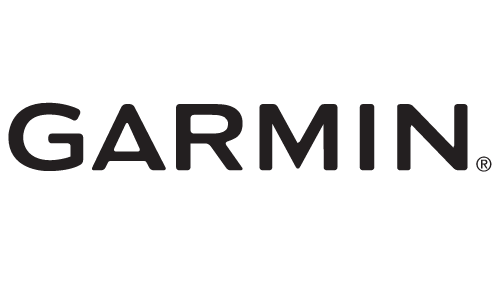

Video • BASE editorial team • Jul 04, 2023
Zofia Reych On Bouldering, Life And Neurodivergence
Climbing is a driving force in Zofia's life, but for a long time, it also seemed to be a destructive one
